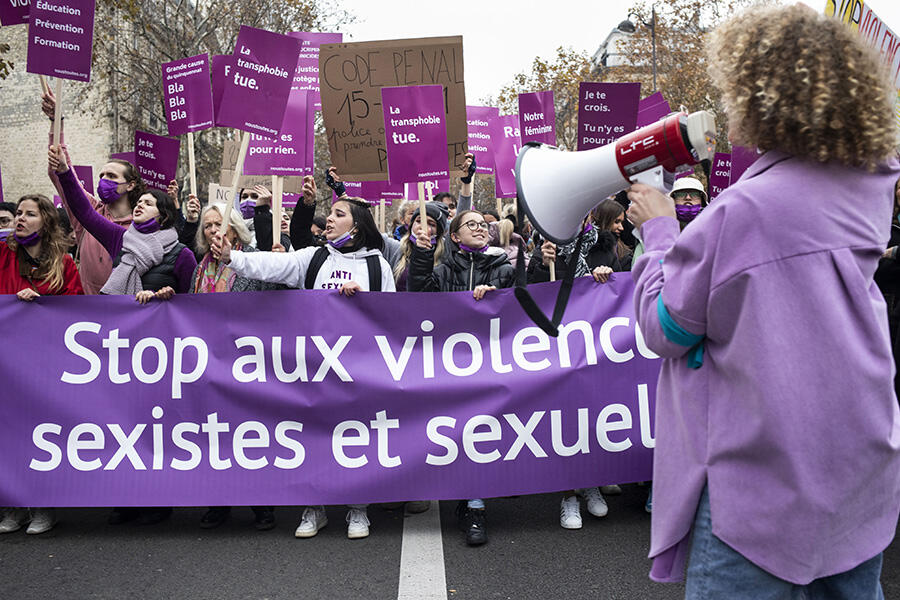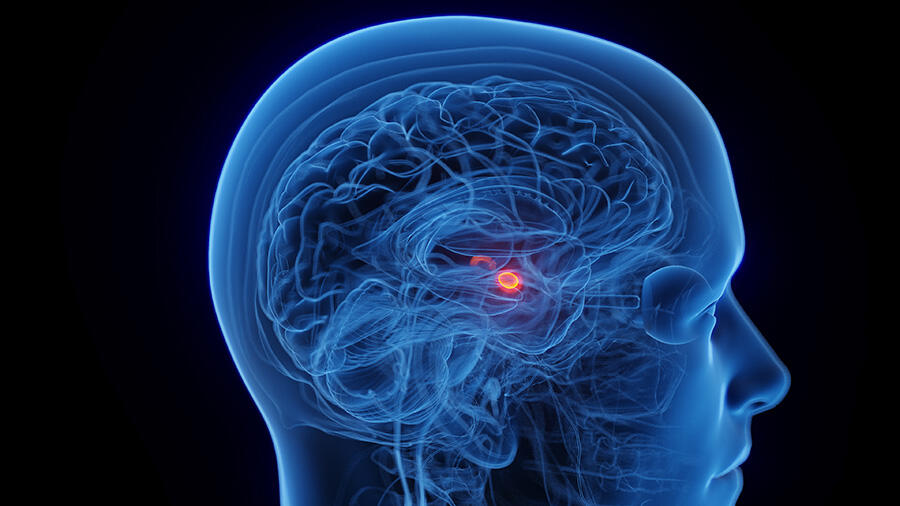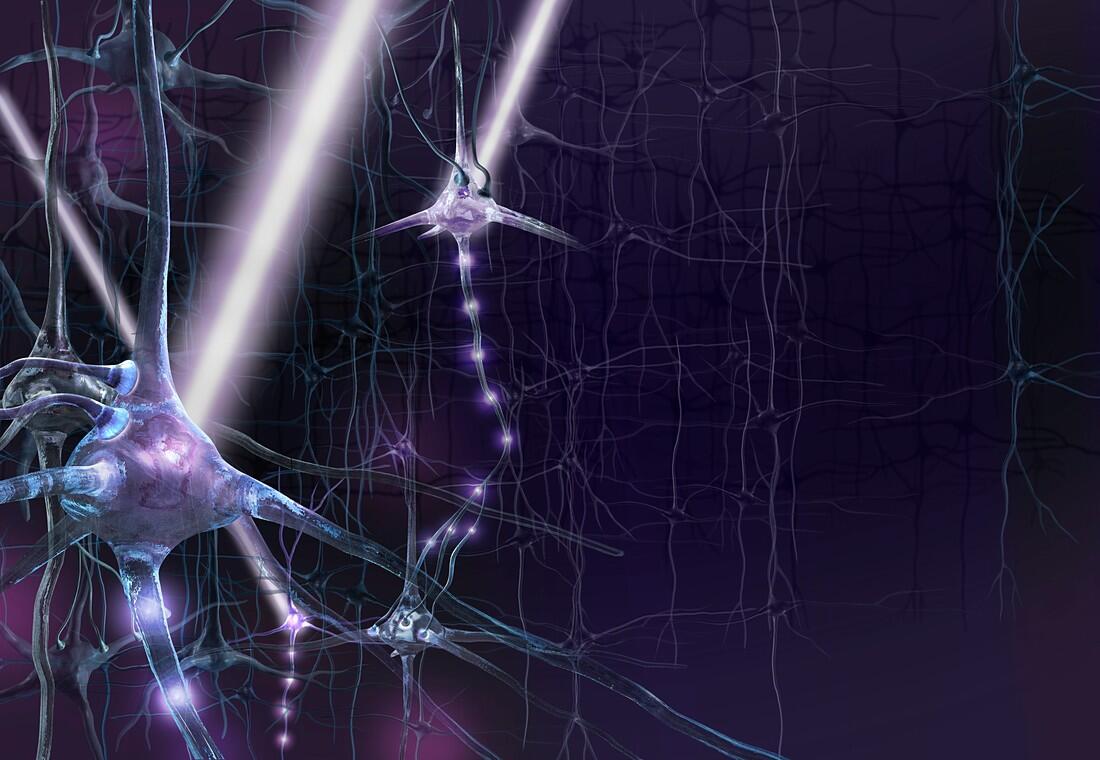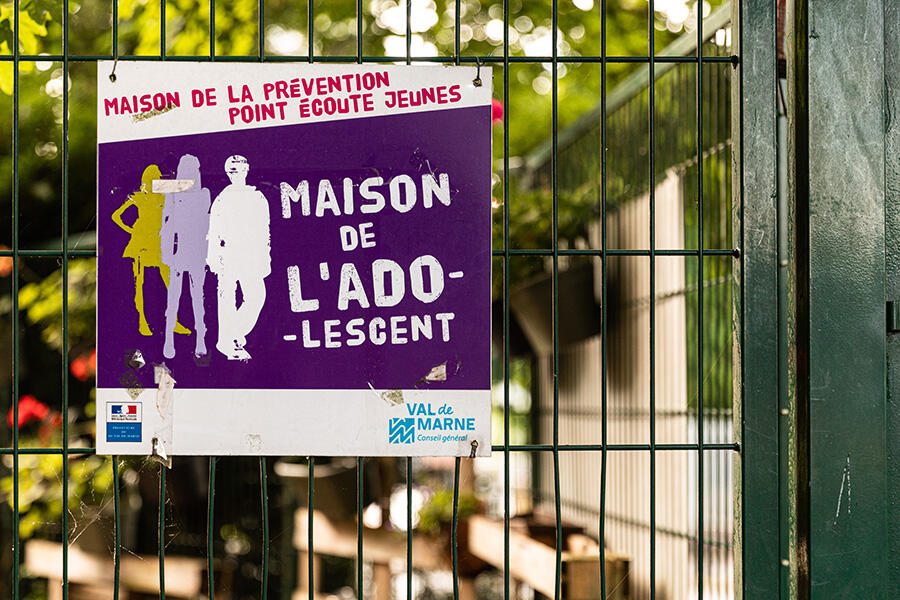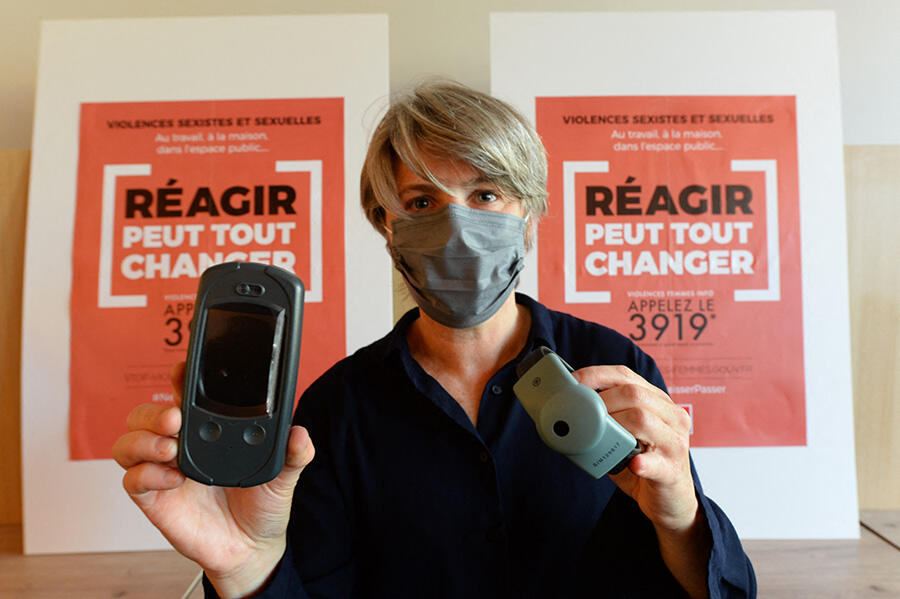You are here
Neuroscience to the rescue against sexual violence

To what extent is sexual violence a global public health problem?
Danièle Tritsch1: Worldwide, one child out of every five is a victim of sexual violence, and one-third of all women have been beaten or sexually assaulted at least once in their lifetime. In France in 2021, 122 women were killed by their partners and 94,000 were victims of rape or attempted rape. Each year 160,000 children suffer sexual abuse, 22,000 of them by their fathers. In all, 5.5 million people in France have been and are subjected to sexual violence in childhood.
The impact on the victims’ lives is considerable – probably even more so for children, for whom an average time of 430 days elapses between the onset of violence and the filing of a complaint. The cost to society is enormous. In addition to the severe psychological effects, I could mention an astonishing statistic cited by the economic historian Lucile Peytavin on the financial cost of virility for society, which in 2021 reached €95 billion in France2! This figure goes beyond the strict framework of sexual and gender-based violence, whose cost is difficult to estimate precisely because it comprises so many components. Nonetheless, based on figures that are already somewhat outdated, we can safely say that the current total cost exceeds several tens of billions of euros per year. Not only a public health problem, sexual violence is a real social scourge in many areas.

What are the roots of this scourge? In the workings of our human brains, what are the mechanisms that give rise to violence?
D. T.: It is important to emphasise one point: within the brain, there is no single structure devoted to one function. All of them are interconnected and in constant dialogue. Our brain is the seat of a kind of neuronal conversation. That said, various studies have made it possible to identify what is called the aggressiveness centre. It is a group of four nuclei3, including the amygdala, which specialises in the detection of external danger. This centre has been very well preserved over the course of evolution and can be found in a great many species. A number of studies have shown that stimulating one of these four structures can induce aggressive behaviour.
Jean Mariani4: And it is the same centre that is activated by normal sexual activity. So how and why is the same cerebral structure responsible for both harmonious sexuality and sexual violence? Optogenetics provides a slightly clearer idea. This technique, which has quite simply revolutionised neuroscience, makes it possible to make certain neurons photosensitive using genetic technologies. When subjected to a specific kind of light, these neurons glow and their electrical activity changes. This enables us to differentiate between them and activate only those that we want to study. As a result, we can achieve an extraordinary degree of precision in our vision of neural mechanisms.
Experiments have been conducted on fruit flies and rodents in which certain neurons in the aggressiveness centre are activated. They have shown that varying the intensity of activation can induce either seductive or aggressive behaviour.
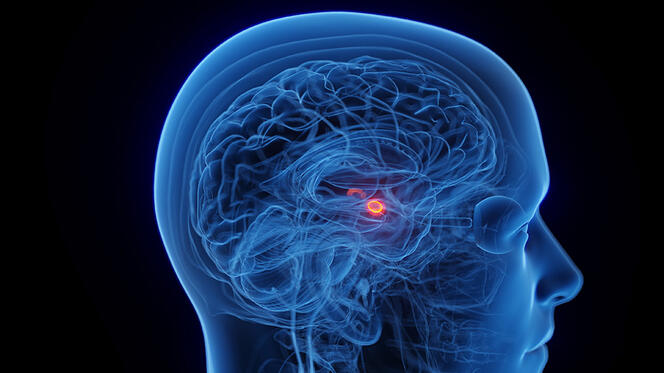
In your book you write, ‘The most important predictor of aggressive behaviour is the individual’s gender. Abusers of women and children are almost exclusively men’, and ‘96% of the perpetrators convicted of sexual violence are men’… How does neurobiology explain this imbalance?
D. T.: Apart from a few psychopaths, the abusers are usually ‘ordinary’ men. There is no male crime gene. Specific processes, especially those related to sex hormones, can however be highlighted. Testosterone and oestrogens play an important role in our development. Under their influence the brain sexualises, given that both hormones are found in both sexes but at different concentrations. Of course, on a macroscopic scale a man’s brain and a woman’s are the same. But on a microscopic scale, that of the neural networks, there are undeniable variations.
Various experiments conducted on rats have shown that sex hormones do not act in the same way in males and females, in particular by regulating the number of neurons5. For example, in young male rats testosterone induces the partial destruction of neurons in the amygdala, a key cerebral structure for aggressive behaviour and fear. However, when this neuronal destruction is blocked, the animals become less aggressive. Conversely, when testosterone is injected into females, the same neurons are destroyed and their behaviour becomes more volatile.
Testosterone is thus clearly involved in aggressive behaviour. In a way, it makes the aggressiveness centre more efficient. All men are subjected to the action of this hormone, but the overwhelming majority – fortunately for us all – never commit sexual violence. These sex hormones also modulate aggressiveness in adults once the number of neurons is stabilised.
In fact, a whole series of complex processes (levels of various hormones, metabolism, stress, the use of psychotropic drugs, etc.) participates in the triggering of violent sexual acts because this centre is influenced by so many regulating factors.
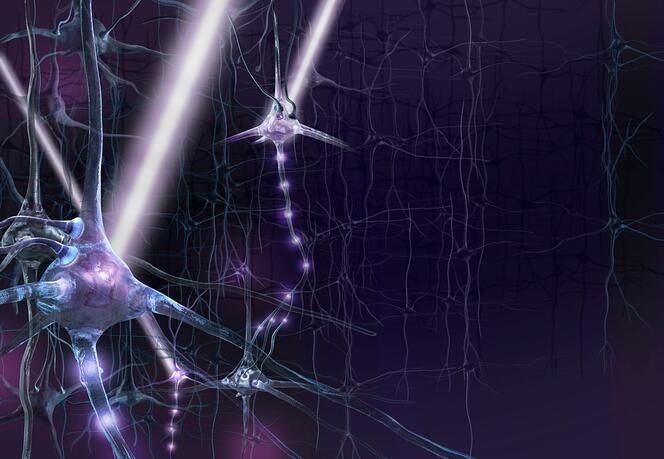
87% of the victims of these men are girls or women. How can this age-old domination of men over women be explained?
J. M.: Unlike most mammals, women are fertile all year long. Our species has lost oestrus, the clearly identifiable period commonly known as the ‘heat season’. Instead, women are fertile for a few days every month, during the cyclical period of ovulation, in a way that is not readily apparent. It is thought that the transition to bipedalism, making the female external sex organs less visible, had the effect of concealing the indications of the fertile period, whereas these are obvious in certain species of monkeys, for example. As a result of this loss of temporal markers, human sexuality has ceased to be synonymous with reproduction, becoming a source of pleasure all year round.
All anthropologists agree: this remarkable dissociation between sexuality and fertilisation has led all human societies to establish authoritarian control over sexuality. Very early on, probably from the first groupings of Homo sapiens in the Palaeolithic era, men kept a tight grip on women’s sexuality, most likely due to their greater aggressiveness. This control was accompanied by the introduction of a patriarchal system and male domination, and thus by violence. However, two men with the same aggressiveness centre (common to all human beings), and the same hormone levels, will not have the same behaviour: one will commit sexual violence and the other won’t.
Why is this?
J. M.: Because absolutely nothing is fixed! This is one of the key lessons that we wanted to share in our book. Our genome is dynamic. We all have 23,000 genes encoding for features common to all human beings and for our specific characteristics (our eye colour, the shape of our face, our individual hormonal balance, etc.). The expression of this array of genes is extraordinarily complex and subject to ongoing, intricate regulation. Some of these genes are activated or not depending on our life experience, which includes factors like stress, hunger or fatigue, in addition to experiences with more lasting effects, some of which generate trauma and stress – such as sexual abuse – or, conversely, soothing emotional security.
Consequently, a person who has experienced sexual abuse in childhood will be more likely to activate the gene clusters that can trigger violent action. In a sense, it’s a biological manifestation of social phenomena. We need to put an end to the obsolete distinction between nature and nurture in this case. What makes us individuals and forges our uniqueness is the fruit of our genetic background, modulated by life experience.
More surprisingly, our intestinal microbiota also plays a role in the process, as shown in a recent study6. We are convinced that neurobiology and immunology can provide biological explanations of what defines the personality, the ‘self’, a concept that until recently was the exclusive domain of the humanities.
Of course, every human being is unique, but can categories be established?
D. T.: Yes – for example, among repeat sexual offenders we often find narcissistic perverts who manipulate others (most often women) to satisfy their own need for domination. Many of those who commit feminicide suffer from a complete lack of empathy: they see their victim as a mere object and feel no more emotion when they attack her than you would when breaking a glass.
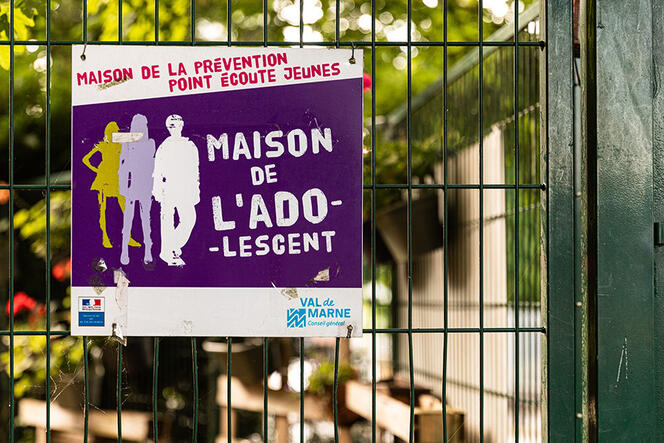
Generally speaking, human beings are more ‘efficient’ aggressors than other species. Why is that?
D. T.: From a biological viewpoint, we don’t have much data for a precise answer, but several hypotheses have been proposed. One possible explanation is related to the previously mentioned loss of oestrus, as a result of which our species is in a constant sexually active state. This fundamental biological change was accompanied by or led to the formation of a patriarchal system, which until recently defined how societies were organised and greatly influenced the human mindset.
The sizeable expansion of the cerebral cortex, especially the prefrontal cortex, is another biological factor to consider because it is thought to have become the main driver of human evolution. It is responsible for the exceptional cognitive, social and cultural abilities that distinguish our species from all others. Over the centuries, the human brain has built up an unparalleled scientific, technical, cultural and artistic heritage. This expansion also enabled the acquisition of spoken language, which gives us unique capacities for acquiring and transmitting knowledge over the course of a lifetime.
Today, the digital revolution and the social network boom are further boosting the development of interhuman communication. In other words, ‘Human minds are not just built for culture, they are built by culture,’ to quote the Scottish researcher Kevin Neville Lala (formerly Laland), a specialist in behavioural and evolutionary biology. And that means for better or for worse – the centre of aggressive behaviour is indeed closely interconnected with the cortex structures, especially the prefrontal cortex, which have become highly developed.
In our species, these interactions may result in unequalled capacities for violence. In a sense, this ‘dark side’ could be the price we pay for the increased complexity of the human brain and human societies. More research is still needed to substantiate or refute this hypothesis, but it opens up promising avenues for further investigation. Yet according to the subtitle of your book, the brain ‘can change everything’.
In what way does revealing the biological roots of sexual violence inspire hope for the future?
J. M.: We now know to what extent our genetic heritage, and thus our brain, are malleable, influenced by external events. Not only does this decisively negate the idea that there are ‘born rapists’, but it proves, if proof were needed, that education and psychotherapy can play an essential role in preventing recourse to violence, as well as repeat offenses.
In addition, an in-depth understanding of the neuronal mechanisms related to violence should enable the development of new therapeutic tools, such as repetitive neurostimulation, magnetic or electrical, using external electrodes. It could also lead to the development of new active ingredients for future drug therapies. For example, Israeli researchers have shown that hexadecanal, a compound produced in the skin, faeces and breath of mammals, has a calming effect on human subjects. Other teams are studying MDMA, THC and other substances that are currently considered to be recreational drugs.
D. T.: One recent study has shown that the amygdala is capable of classifying memories as good or bad, sending them on different neural pathways. Researchers have identified neurotensin (a small thirteen amino acid neuropeptide found in many of the brain’s neurons) as the ‘signal’ that tells these memories which path to take, pointing the way towards possible treatments. Similarly, serotonin, a neurotransmitter that inhibits sexual desire and is naturally released during nonviolent sex acts, induces a decrease in aggressive behaviour.
In terms of society, how are these issues progressing? In the wake of the #MeToo movement, is the overall situation improving?
J. M.: #MeToo, and more broadly social networks, have greatly increased awareness, encouraging people to speak out and to pay more attention to victims. But social networks and the internet in general also have a much more negative impact. The massive availability of information goes hand-in-hand with the massive dissemination of pornography. Young people learn about sexuality through images that are often violent and degrading to women, perpetuating stereotypes. Paedophiles can now access pornographic images at home just by paying a subscription, which facilitates paedocriminality.
D. T.: In concrete terms, there is no sharp decline in sexual violence, despite the #MeToo phenomenon. The reasons for this are multiple and well-known: the low percentage of women coming forward (only one out of ten), the delay in filing complaints (which reached 205 days in 20217), the denial of responsibility, statutes of limitations, cases dismissed for lack of solid evidence, legal fees...
Meanwhile, paedocriminality is taking on disturbing proportions, especially in Asia with live streaming (which enables an internet user to commission a paedocriminal act and watch it online in exchange for payment). To effect real change, we need strong legal and social measures – perhaps following the example of Spain, which adopted an action plan to combat sexual violence in 2014.
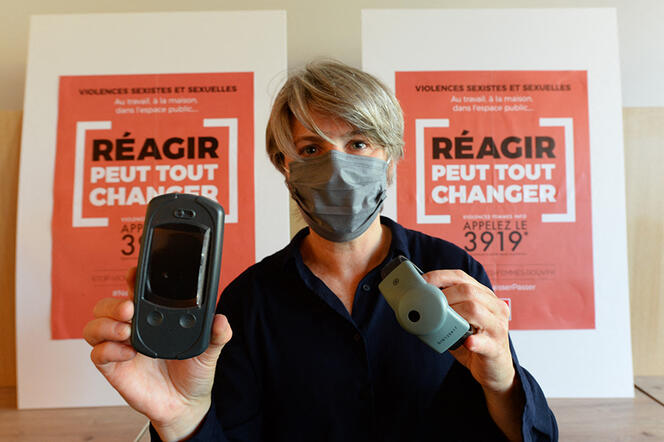
What measures has Spain taken that could serve as an example for France?
J. M.: They include electronic ankle bracelets for violent spouses, a telephone helpline, platforms for monitoring cases of sexual violence and training for judges. As a result, the country’s feminicide rate has fallen sharply, from 71 in 2020 to 48 in 2021. The establishment of specialised courts has also made it possible to try domestic violence cases more quickly, with a higher conviction rate and better protection for the victims. France is lagging behind in this area, although there has been some progress – in the reception of victims in police stations and the creation of information and awareness mechanisms in many organisations, including the CNRS and the universities8. But the authorities here have only taken half-measures, like special units set up within the already overloaded courts. What we need instead are dedicated courts and a task force addressing every aspect, from prevention to legal action to education. Ultimately, education is the key.
D. T.: It will take time, at least a generation, but through research, education for children, and an increasing number of strong social measures, it is possible to push back against rape culture. Of that we are certain.
- 1. As a former professor at Université Pierre-et-Marie-Curie, Danièle Tritsch co-directed a major neuroscience laboratory that conducted groundbreaking work in neurotransmission. She has held several administrative positions related to research and written a number of scientific popularisation books for students.
- 2. In her essay “Le Coût de la Virilité” (“The Cost of Virility”, pub. Anne Carrière, March 2021), the author points out how men are responsible for the vast majority of antisocial actions in France, representing 84% of the perpetrators of fatal road accidents, 92% of the secondary school students punished for damage to persons or property, and 90% of all convicted criminals, including 86% of those accused of murder, 97% of the perpetrators of sexual violence, etc.
- 3. The amygdala, ventromedial hypothalamus, premammillary nucleus and bed nucleus of the stria terminalis.
- 4. A physician and scientist, Jean Mariani is a professor emeritus at the Sorbonne, where he has served as codirector of a major neuroscience laboratory and a hospital department. Over the course of his career he has often been involved in defining French research policy in neuroscience and the biology of ageing, fields in which he is an internationally recognised expert.
- 5. “Microglial phagocytosis of newborn cells is induced by endocannabinoids and sculpts sex differences in juvenile rat social play”, Jonathan VanRyzin et al., Neuron, 102, 2019.
- 6. “The gut microbiome correlates with conspecific aggression in a small population of rescued dogs (Canis familiaris)”, Nicole S. Kirchoff et al., Peer J., 7, 2019.
- 7. The median timelapse between the offense and the filing of a complaint with law enforcement agencies is stable for most criminal cases – usually less than five days. But it is significantly longer for sexual violence and continues to increase, from 87 days in 2017 to 205 days in 2021.
- 8. In March 2023 a study by the Ipsos Institute for the L’Oréal-UNESCO for Women in Science Programme revealed that these educational and research institutions are not exempt from gender-based violence: https://www.ipsos.com/fr-fr/une-femme-scientifique-sur-deux-revele-avoir...



